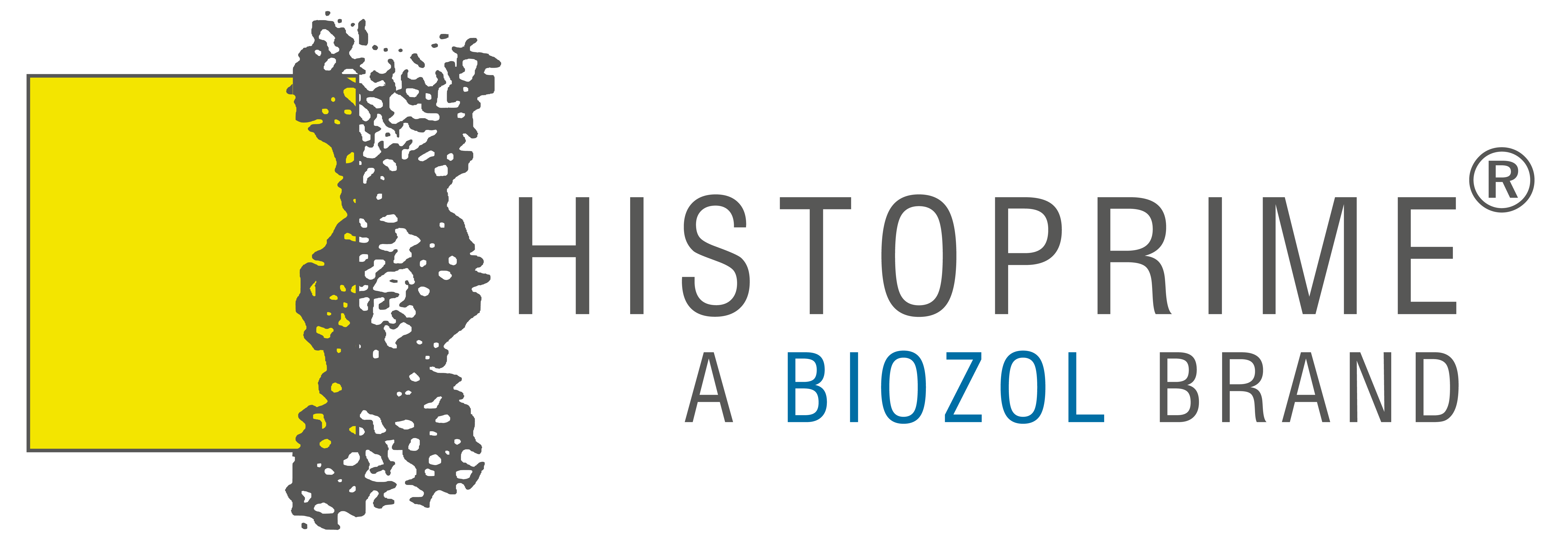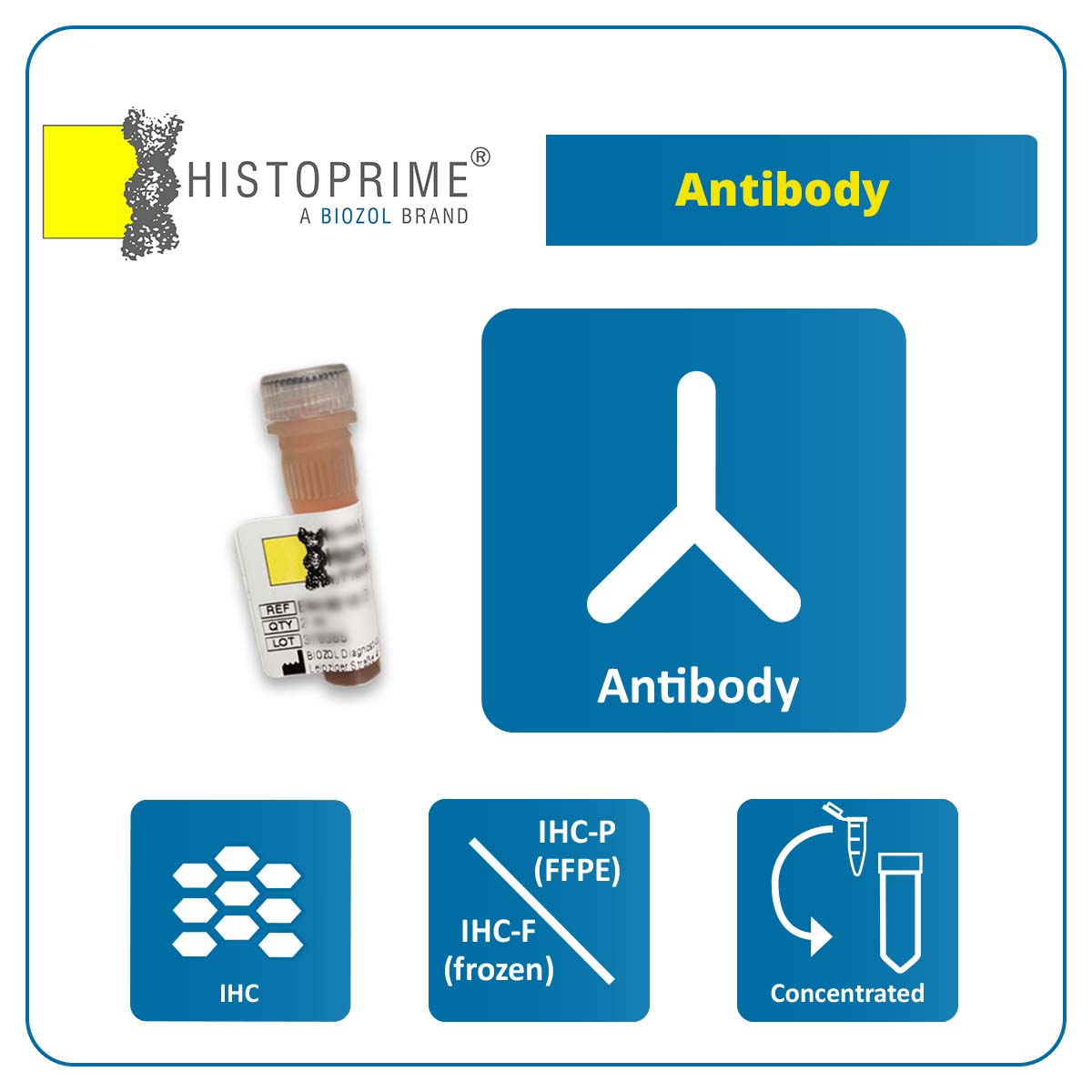Mouse anti-Human S-100 Beta (unconjugated), Clone SH-B1, IgG1, Purified
Concentrated Antibody for Immunohistochemistry
Background
S-1001, is a set of small, thermolabile, highly acidic dimer proteins of approximately 20 kDa which are widely distributed in different tissues. Dimeric combinations of two chains, the α-chain (93 a.a., 10.4 kDa) and the β-chain (91 a.a., 10.5 kDa), form the three known subtypes of S-100: S-100ao (αα), S-100a (αβ) and S-100b (ββ). The S-100 molecule is markedly conserved in the amino acid sequence although there is a slight variation of the primary structure in different species. The protein extracted from different organs of the same species is identical. The α- and β-chains are 58% homologous (54 a.a.). Both have divalent-cation binding sites situated toward the carboxy terminus and apparently have similar functional features. S-100 can be grouped with other calcium binding proteins such as calmodulin, parvalbumin, intestinal calcium-binding protein, myosin light chain and troponin-C. It shows a significant sequence homology with these proteins, particularly around the calcium-binding domain. Hence, S-100 is a calcium-modulated protein2 that binds calcium and zinc ions reversibly at physiologic pH and ionic strength, followed by a conformational change in the molecule.3 S-100 is considered to be a cell-growth regulator, but other functions have been suggested, e.g., increasing the membrane permeability to cations under physiologic conditions, stimulation of nucleolar RNA polymerase activity and as a carrier of proteins and free fatty acids in adipocytes. Human S-100- containing cells are subdivided to three groups: S-100bcontaining cells, such as Schwann cells, pituicytes of the neurohypophysis, Langerhans’ cells and interdigitating cells; S-100a-containing cells such as glial cells and melanocytes; and S-100ao-containing cells such as neurons, ganglion cells, slow muscle cells, cardiac cells, monocytes and some macrophages.4 Although the tissue distribution of S-100 is known to be too broad to conform to a single
histologic pattern, it is nonetheless sufficiently restricted that the localization of this protein is useful in the differential diagnosis of neoplasms and proliferative processes. Monoclonal antibody reacting specifically against the β-subunit of S- 100 is a useful tool in distinguishing malignant melanoma from undifferentiated carcinoma or lymphoma, and in distinguishing gliamyomas and schwannomas and their counterparts in the gastrointestinal tract.1,4,5
| Specificity | S-100 Beta |
|---|---|
| Species Reactivity | Bovine, Cat, Human, Rabbit, Rat, Swine |
| Host / Source | Mouse |
| Isotype | IgG1 |
| Application | IHC-F, IHC-P |
| Clone | SH-B1 |
| Antigen | Human S-100 Beta |
| Quantity | 0, 1 ml |
| Format | Purified |
| Storage Temperature | 2-8 °C |
| Shipping Temperature | 2-8 °C |

